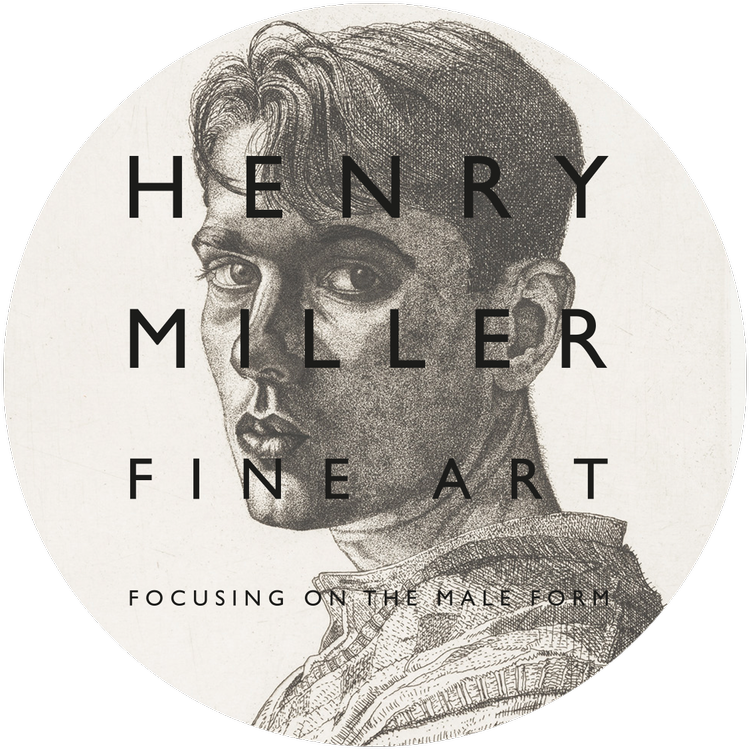Michael Leonard (British 1933-2023)
Born in India in 1933 to British parents, at the end of the war in Europe Leonard returned to England to complete his education. In 1954, after two years of National Service in the army, he went to St Martin’s School of Art in London and studied Commercial Design and Illustration. By the time he left Art School in 1957 he was already working as a freelance illustrator and for many years was busy producing artwork for books, magazines, advertising and the press.
As an illustrator he worked in a small studio attached to the offices of his agents ‘Artist Partners’ in Soho. Meanwhile at home he experimented, trying to discover his voice as a painter. His work eventually came to the attention of Fischer Fine Art, a distinguished London gallery of the day and in 1972 several of his paintings were included in one of their group shows. In 1974 they gave him his first One Man Show and after that he gradually left illustration behind.
He was nearly forty when his life as an exhibiting painter began. At first his pictures tended to be formal, sober and low key — an attempt perhaps to distance himself from the sensational values of the commercial world. People sat in rooms, posed with their dogs in London’s parks or went sailing on the river. By degrees his work became more animated and colourful.
The people in his pictures were usually friends who were kind enough to model for him but he also painted portraits to commission and among his subjects were Lincoln Kirstein, Edward Lucie-Smith, Adrian Ward Jackson, Sir Peter Moores and the Marquess and Marchioness of Hartington (now the Duke and Duchess of Devonshire). In 1985 Reader’s Digest commissioned him to paint a portrait of H.M. Queen Elizabeth II in honour of her sixtieth birthday. (It is now in the National Portrait Gallery’s permanent collection).
The nude, particularly the male nude, has been a recurring theme. His figures are usually on the move or in a state of transition but even when they are at rest dynamism is provided by the design of the picture. This can be seen in Vanitas, (a sleeping man cradling a skull) Watermelons, (a torso as part of a ‘tableau’ with fruit) and in Pomegranate Man and Nectarine Man. Almost all his paintings of the nude are based on drawings which, besides being preparatory studies, are ends in themselves.
Michael died in London on 28 July 2023.
more of Michael's work can be seen at www.michaelleonardartist.com

